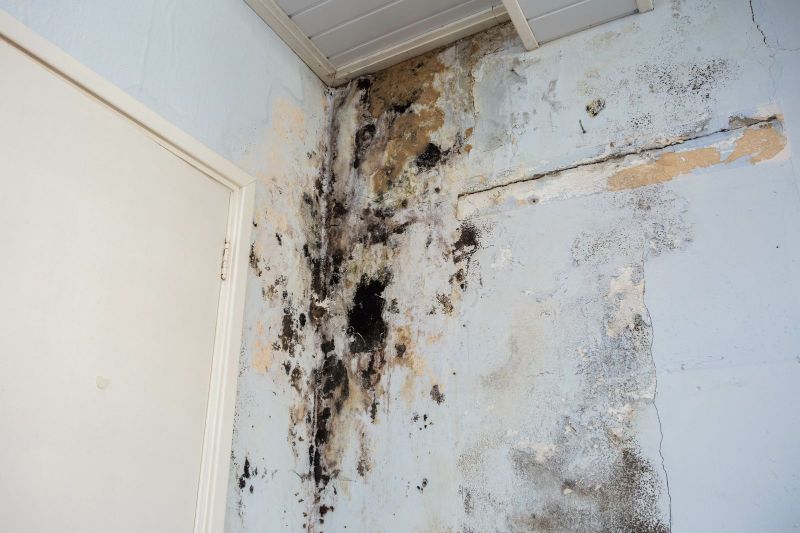Mold is a common household problem that often goes unnoticed. While it may seem harmless, mold can pose significant health risks, especially for vulnerable individuals. In this blog, we will explore the health risks associated with mold exposure and provide practical tips on how to protect your family from its adverse effects.
The Dangers of Mold Exposure
Mold is a type of fungus that thrives in damp and humid environments, such as bathrooms, basements, and kitchens. When mold spores are released into the air and inhaled, they can lead to various health problems. Here are some of the most common health risks associated with mold exposure:
- Respiratory Issues: Mold spores can trigger respiratory problems, especially in individuals with allergies or asthma. Symptoms may include coughing, wheezing, shortness of breath, and throat irritation.
- Allergic Reactions: Mold exposure can cause allergic reactions in some people. These reactions might include sneezing, runny or stuffy nose, itchy eyes, and skin rashes.
- Sinus Infections: Prolonged exposure to mold can lead to sinusitis, an inflammation of the sinuses that causes pain, congestion, and headaches.
- Asthma Aggravation: For individuals already suffering from asthma, mold exposure can worsen their condition, leading to more frequent attacks and increased medication use.
- Respiratory Infections: In rare cases, exposure to certain types of mold can cause fungal infections in the lungs, particularly in people with compromised immune systems.
Protecting Your Family from Mold Exposure
Now that we understand the risks, let's explore some effective measures to safeguard your family's health from mold exposure:
- Keep Your Home Dry: Mold thrives in moist environments. Regularly inspect your home for leaks and fix them promptly. Use a dehumidifier in areas prone to excess moisture to maintain optimal humidity levels (ideally between 30% to 50%).
- Improve Ventilation: Proper ventilation is crucial in preventing mold growth. Use exhaust fans in bathrooms and kitchens to reduce moisture buildup. Additionally, open windows to promote air circulation and prevent dampness.
- Clean and Dry Water-Damaged Areas: If your home experiences water damage from leaks, floods, or spills, it's essential to clean and dry the affected areas within 24-48 hours. Mold can start growing quickly in damp conditions.
- Use Mold-Resistant Products: When renovating or building, opt for mold-resistant materials such as drywall, paints, and insulation. These products can help prevent mold growth and protect your family in the long run.
- Regularly Clean and Disinfect: Routinely clean and disinfect areas prone to mold growth, such as bathrooms and kitchens. Use a mixture of water and detergent to remove visible mold, and then disinfect with a solution of one-part bleach to ten parts water.
- Monitor Indoor Humidity: Invest in a hygrometer to monitor indoor humidity levels regularly. This will help you identify areas with high humidity and take appropriate action to reduce mold growth.
- Use Air Purifiers: High-quality air purifiers with HEPA filters can help remove mold spores from the air, reducing the risk of inhalation.
- Professional Mold Inspection: If you suspect significant mold growth or are experiencing unexplained health issues, consider hiring a professional mold inspector to assess your home's mold levels and provide remediation recommendations.
Mold exposure can have severe health implications for your family, especially for those with respiratory conditions and allergies. Taking proactive steps to prevent and address mold growth is essential for ensuring a healthy living environment. Regular maintenance, proper ventilation, and moisture control are the keys to protecting your loved ones from the health risks associated with mold exposure. By implementing these measures, you can enjoy a safe and mold-free home for years to come.

